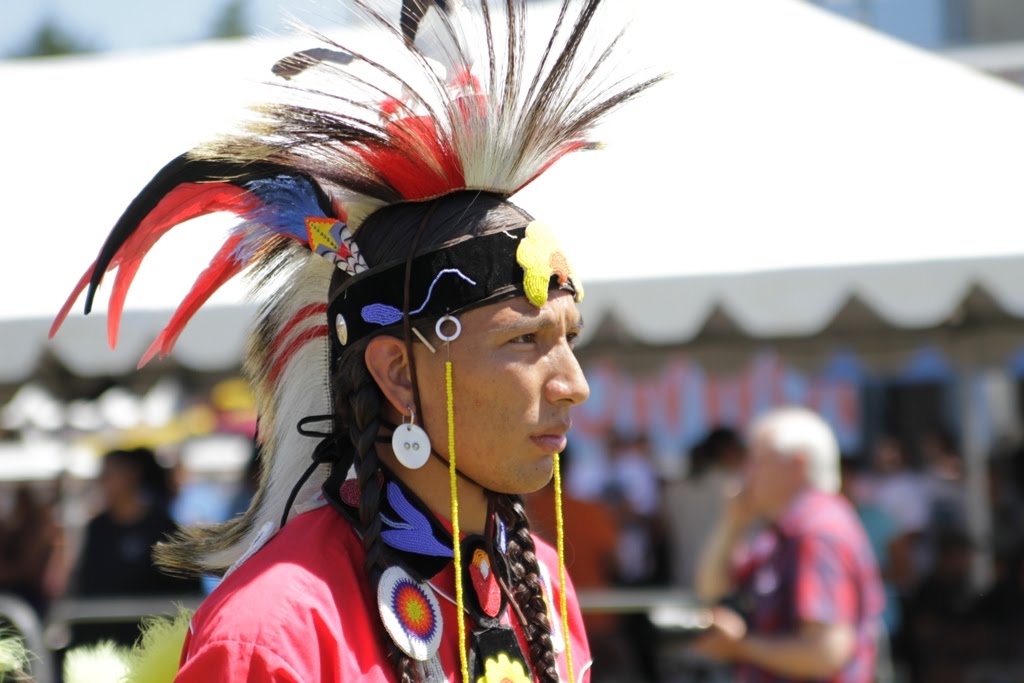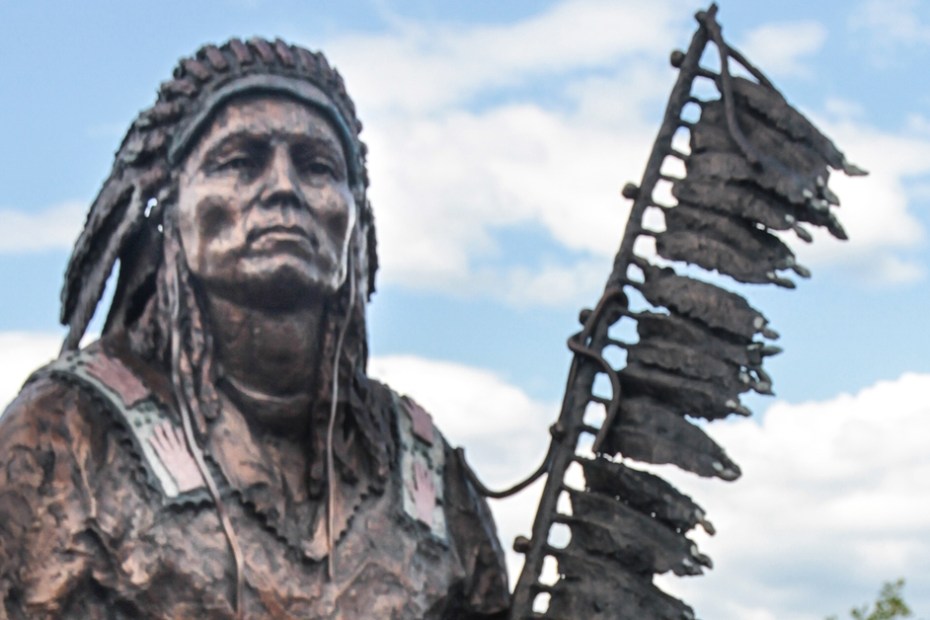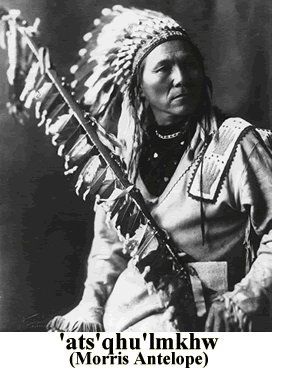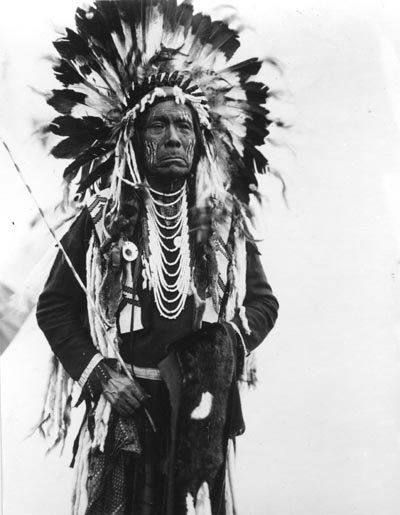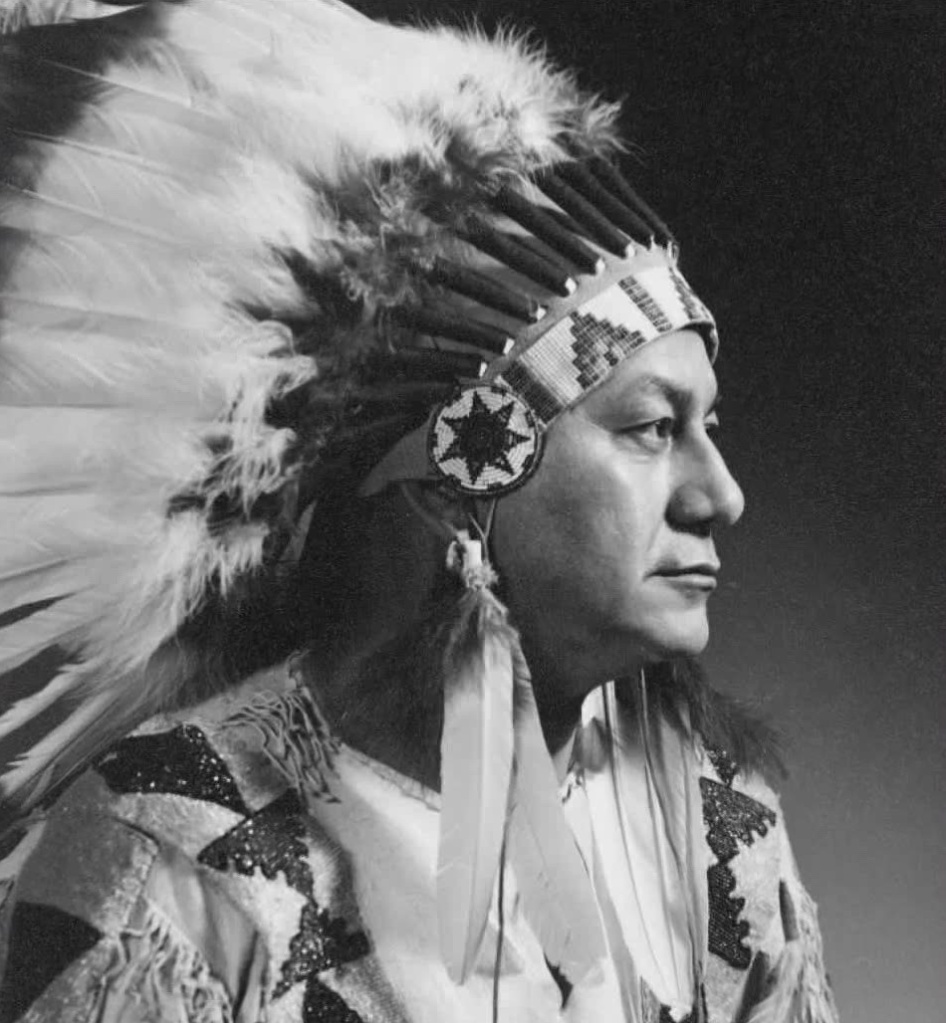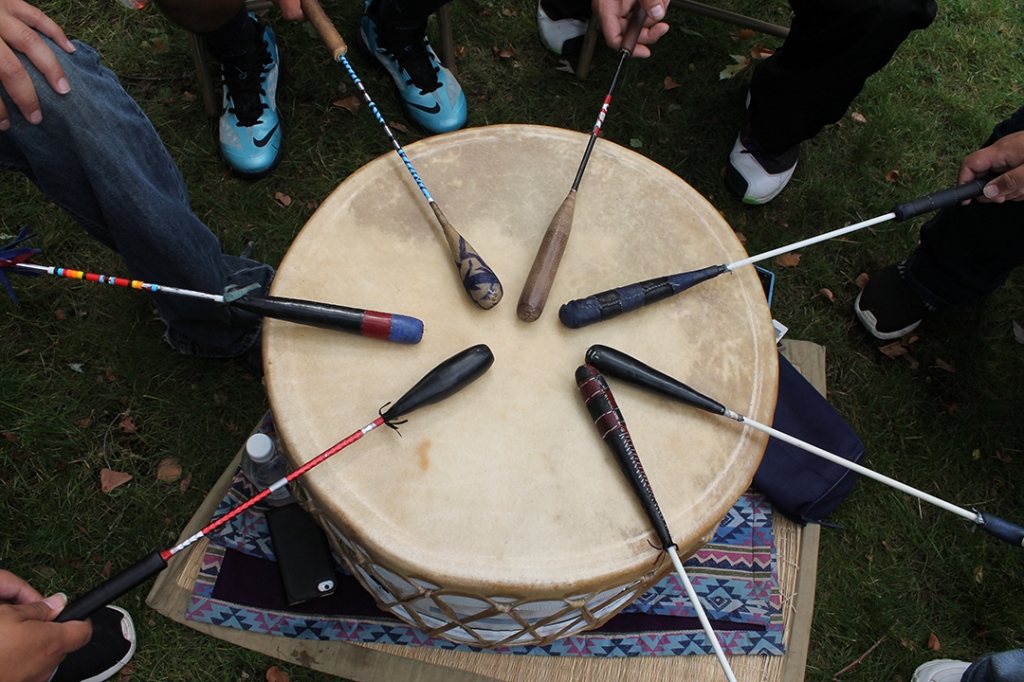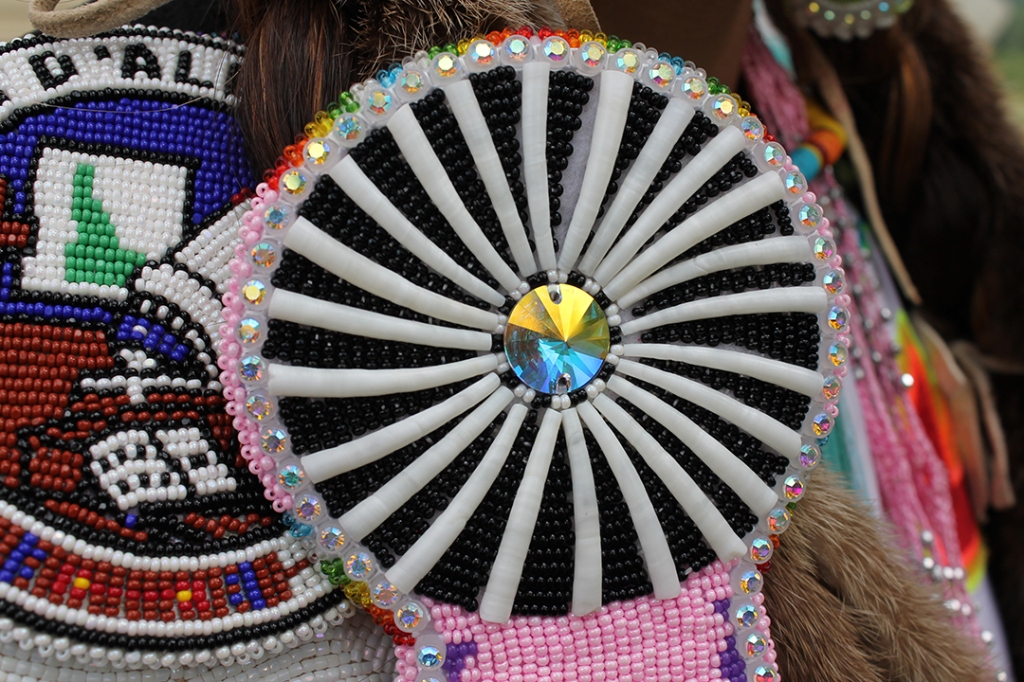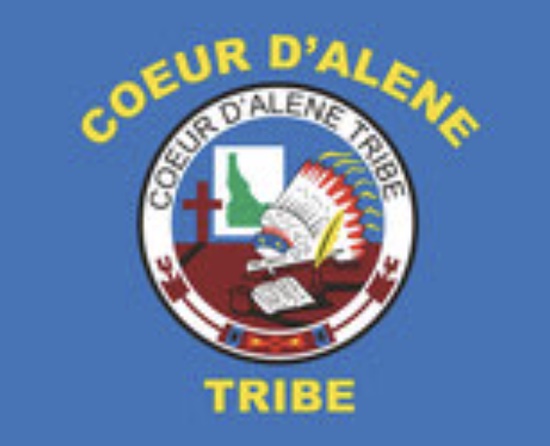The original name of the Coeur d’Alene Tribe was Schitsu’umsh, meaning “Those who were found here” or “The discovered people”. This has been our name since time immemorial. Before U.S. expansion into the area, the Schitsu’umsh would trade with French fur traders, who referred to the Schitsu’umsh as Coeur d’Alene’s, meaning “Heart of the Awl”. This too is our name and was received due to the sharp and disciplined trading practices of the Schitsu’umsh people. The land within and beyond the Coeur d’Alene Reservation has always been our familiar home. We would hunt tall forests, travel shadowy rivers, camp the lakeshores and meadows, and tell our story. For thousands of years our story has been told in song and dance. We spoke it in our own language. We shared it in celebration. In hardship. And through every cold and unforgiving winter. From old to young our story has rolled through the generations and into the present. Today the Schitsu’umsh are sovereign within the bounds of the Coeur d’Alene Reservation, just a short drive South of Coeur d’Alene Idaho. That Sovereignty is inherent and has existed since time immemorial. Tribes were recognized as sovereign before the constitution was written. Tribes and the U.S. government have a long series of treaties and executive orders establishing reservations and tribal rights and authorities. Tribal treaty-making also existed with the British, French, Dutch, and Spanish governments before the birth of the United States as an independent nation.

The modern Coeur d’Alene Tribe is the sum of uncounted centuries of untold generations. In the tribe’s own ancient language, it is called Schitsu’umsh, meaning “Those who were found here” or “The discovered people”. In this remains a land abundant in beauty and resources, a legacy of leadership, and a lineage that continues from the time immemorial. The Coeur d’Alenes are who they always were and who they will always be. For thousands of years the Schitsu’umsh people camped the shores of the lakes and streams, rode canoes across their waters, and walked the forests and mountains of what is now North Idaho and Eastern Washington.
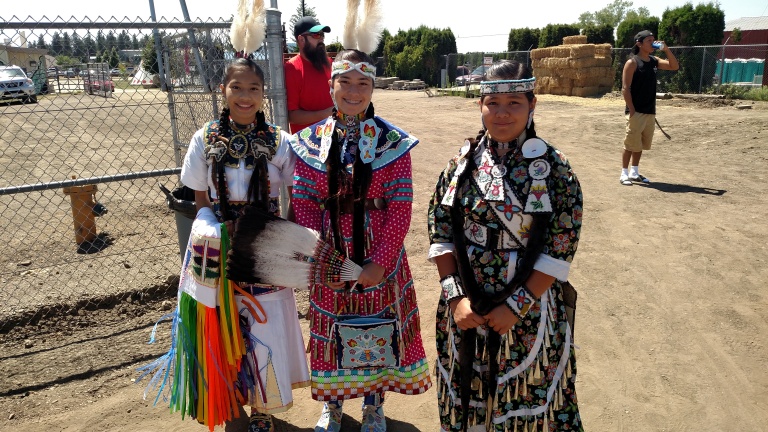
The Coeur d’Alene Indian Tribe has a current enrollment of over 2,190 members. The tribe has sovereign authority on a reservation covering 345,000 acres of mountains, lakes, timber and farmland, spanning the western edge of the northern Rocky Mountains and the abundant Palouse country. The Tribe, like all tribes in America, has a government based on executive, legislative and judicial branches. The tribal council has seven members and operates on a parliamentary system, with members elected by tribal vote and the chairman elected by vote on the council. Although he or she would serve as chief executive, the chairman has one vote on the council and does not have veto power. The Coeur d’Alene Tribe and all federally recognized tribes in the United States are sovereign in their own lands. That Sovereignty is inherent in the U.S. Constitution, meaning that tribes were recognized as sovereign before the constitution was written. Tribes and the U.S. government have a long series of treaties or executive orders establishing reservations and tribal rights and authorities. Tribal treaty-making also existed with the British, French, Dutch, and Spanish governments before the birth of the United States as an independent nation.
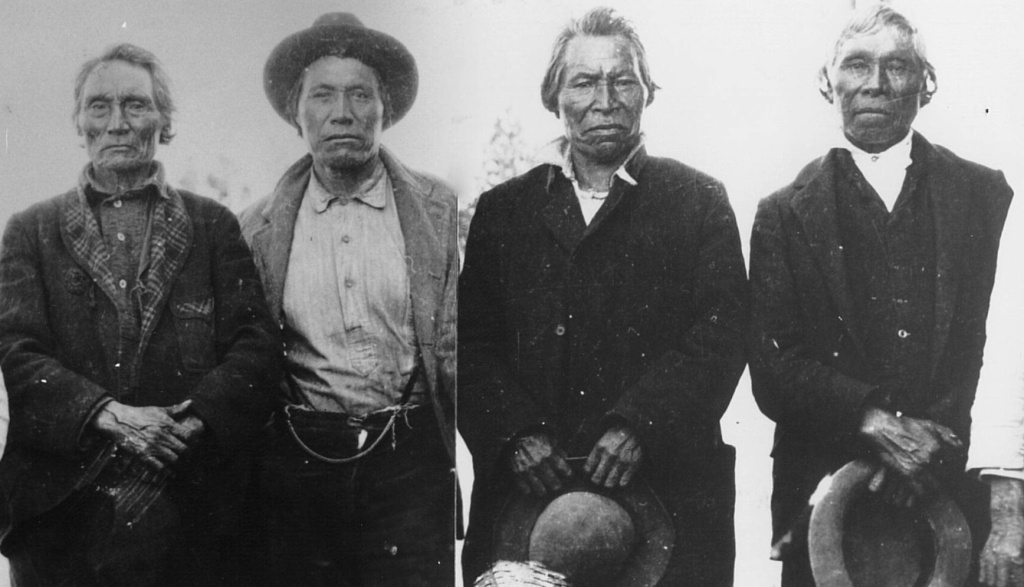
The Coeur d’Alene /kɜːrdəˈleɪn/[2] (also Skitswish; natively Schi̲tsu’umsh) are a Native American nation and one of five federally recognized tribes in the state of Idaho. The Coeur d’Alene have sovereign control of their Coeur d’Alene Reservation, which includes a significant portion of Lake Coeur d’Alene and its submerged lands. In Idaho v. United States (2001), the United States Supreme Court ruled against the state’s claim of the submerged lands of the lower third of Lake Coeur d’Alene and related waters of the St. Joe River. It said that the Coeur d’Alene were the traditional owners and that the Executive Branch and Congress had clearly included this area in their reservation, with compensation for ceded territory. This area was designated in 1983 by the Environmental Protection Agency as Bunker Hill Mine and Smelting Complex, the nation’s second-largest Superfund site for cleanup.
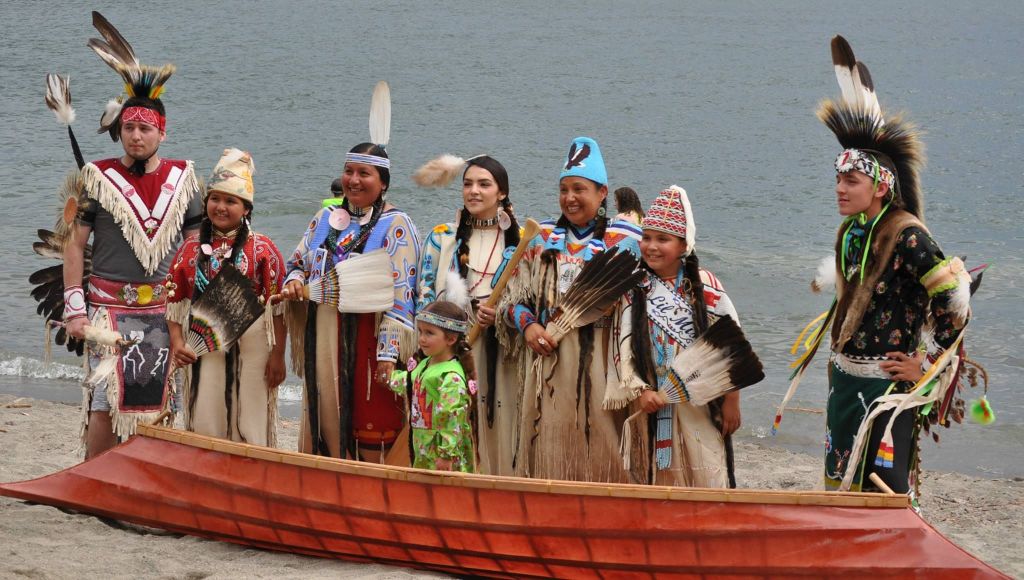
The Coeur d’Alene Tribe’s Natural Resource department is committed to the preservation, protection, enhancement, and managment of the Tribe’s natural resources, as well as being dedicated to restoring the environment within traditional cultural and historical boundaries of the Coeur d’Alene Tribe to improve the quality of life and provide direct social and economic benefit for the Tribe and it’s people.
- Air Quality
- Pesticide Enforcement
- Fisheries
- Wildlife / BPA Land Acquisition
- Forestry / Fire / Fuels
- Environmental Programs Office
- Federally Recognized Tribal Extension Program (FRTEP)
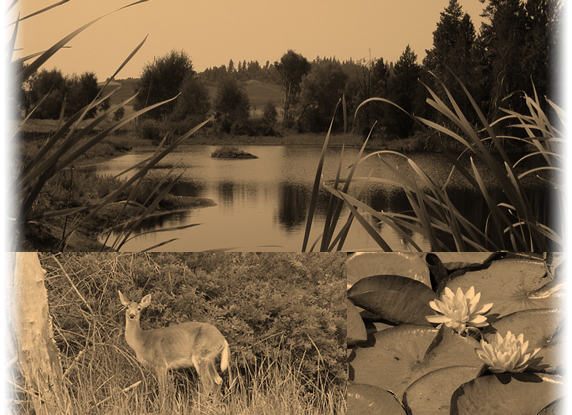
The five pillars represent the heart of the Coeur d’ Alene people.
‘ats’ qhnt’ wesh [Stewardship], t’u’lschint [Membership], hnshat’ qn [Guardianship], snmiypnqwiln [Scholarship], chsnpa’silgwesn [Spirituality]
It is our hope that these pillars are so deeply rooted in our children’s heart that we will see them carried out in a relational, reciprocal, respectful and responsible way for generations immemorial. To care for all things with integrity, responsibility, accountability and social awareness in all spheres of life, human, animals, natural resources, and the cosmos, looking at each other from the heart. Capable, decent, moral, ‘a good person’, a good citizen in your family, tribal, local and world community. A responsible, accountable and informed citizen in all spheres of relationship. To protect our tribal ways of knowing and being through the protection, care and responsibility for our people, natural resources, culture, history, traditions, language and spirituality. Life-long, holistic learning with ideas rooted in tribal values, self-determination, self-government and sovereignty that produces deep knowledge to understand the world and meaningful application within the community. Faith from which the Creator reveals the connection between all life. It unites the space between the past, present, and future through the peoples, environment, and land; and is rooted within the ceremonies from which the Tribe celebrates those connections.
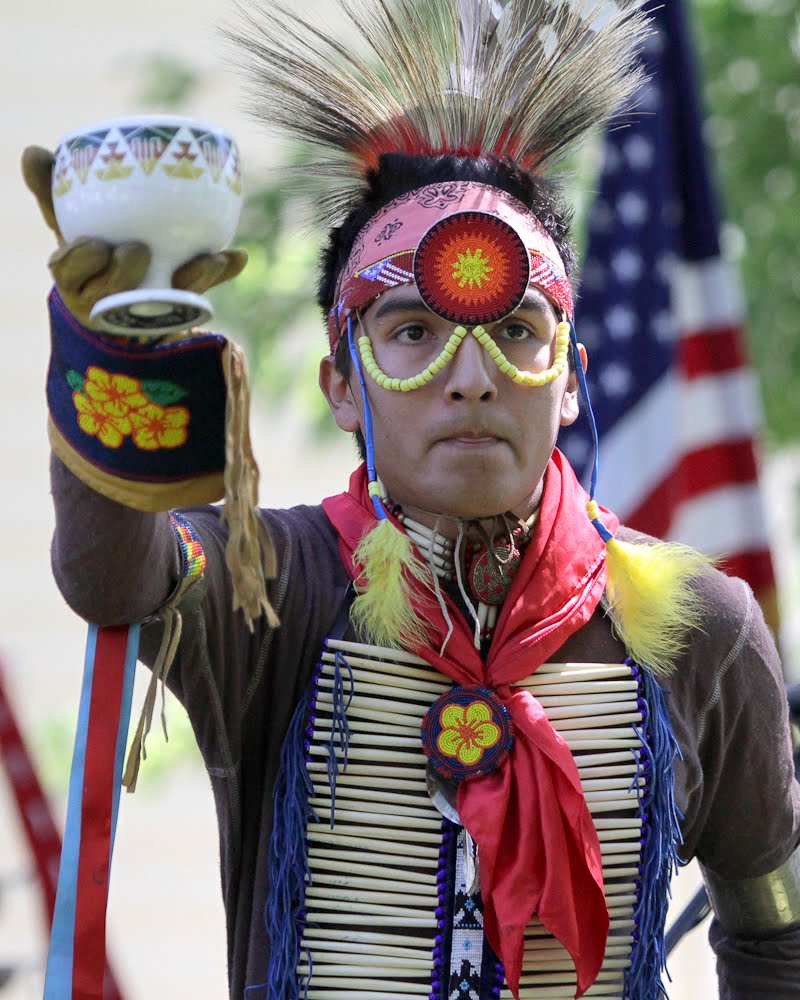
The modern Coeur d’Alene Tribe is the sum of uncounted centuries of untold generations. In the tribe’s own ancient language, it is called Schitsu’umsh, meaning “Those who were found here” or “The discovered people”. In this remains a land abundant in beauty and resources, a legacy of leadership, and a lineage that continues from the time immemorial. The Coeur d’Alenes are who they always were and who they will always be. The Coeur d’Alene Tribe Human Resources department serves as a source of information and expertise for past, current, and prospective employees. We assist tribal departments with employee acquisition and information management, and assist employees navigate the Tribe’s generous benefits package. Questions regarding personnel acquisition and advertising, benefits, background checks, pre-employment screening, and our policies and procedure may be inquired about with the Human Resources department.
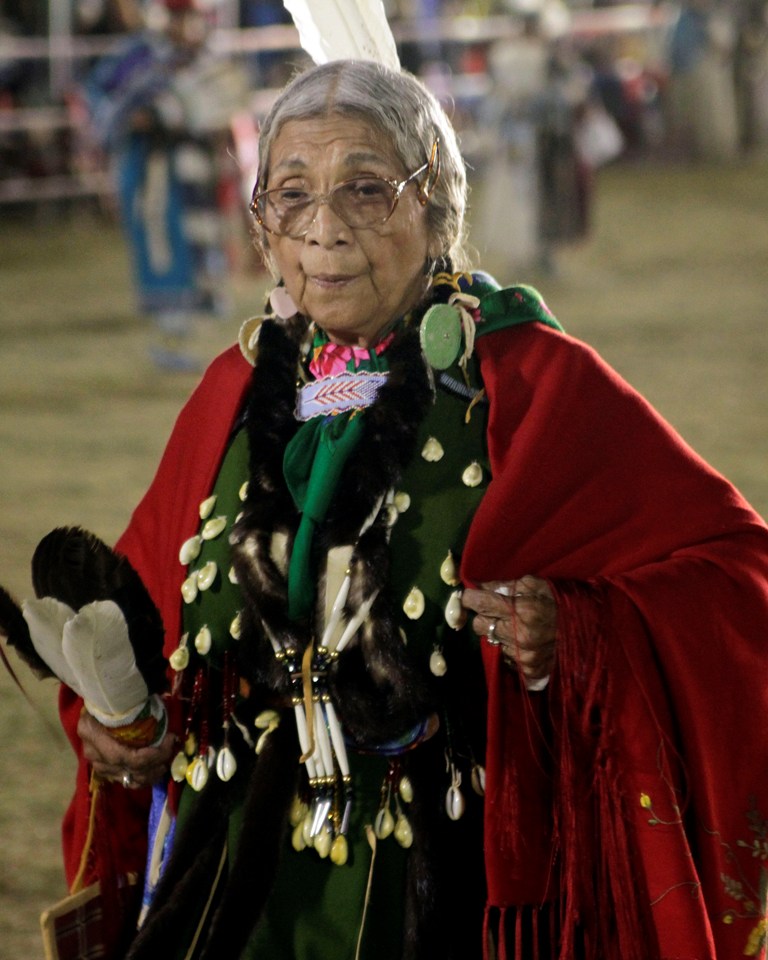
Coeur d’Alene (Cœur d’Alène, Snchitsu’umshtsn) is a Salishan language. It was spoken by only two of the 80 individuals in the Coeur d’Alene Tribe on the Coeur d’Alene Reservation in northern Idaho, United States in 1999. It is considered an endangered language. However, as of 2014, two elders in their 90s remain who grew up with Cœur d’Alène as their first language, and the use of the language is spreading among all age groups. Coeur d’Alene is a morphosyntactically polysynthetic language. In Coeur d’Alene, a full clause can be expressed by affixing pronominal arguments and morphemes expressing aspect, transitivity and tense onto one verb stem.
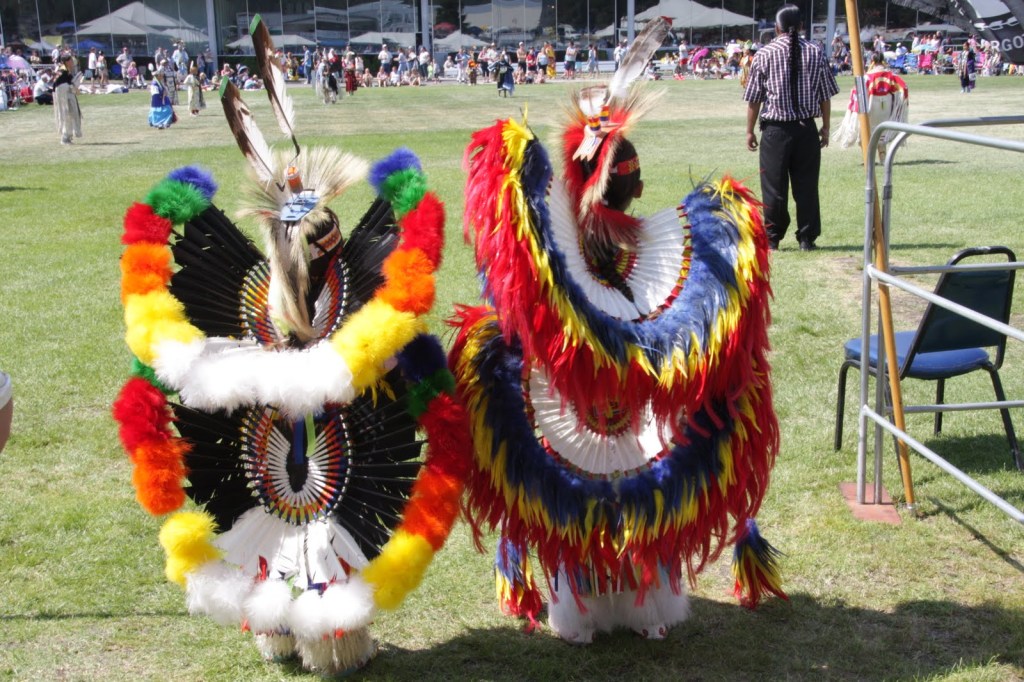
It is not known how long these Indians were in northeastern Washington and northern Idaho but probably for many centuries. Their lands stretched from the Coeur d’Alene and Bitterroot Mountains to the headwaters of the Spokane River, to Lake Coeur d’Alene, to the headwaters of the Clearwater River, and to the Spokane Valley. The Spokane Indians lived west and the Kalispell tribe lived to the north. The Pend Oreille lived to the northeast and the Flathead lived to the east. The Nez Perce lived south and the Palouse lived southwest. The Coeur d’Alenes are considered part of the Salish Family of North American Indians. Their headquarters were on the Spokane River near Lake Coeur d’Alene. There were an estimated 2000 to 5000 people before the smallpox epidemics of about 1831 and about 1850. They used leather covered teepees during hunting and berry-picking season because they were light weight and mobile. Poles and liners were made with deer and elk hides. After they got the horse and could hunt Buffalo easily, the teepees were made of Buffalo hide, which was much easier since the skins were so much bigger. After the horse inter-marriage also became more common when tribes often visited each other. The first recorded such marriage was between a Kalispell and a Coeur d’Alene in 1840.
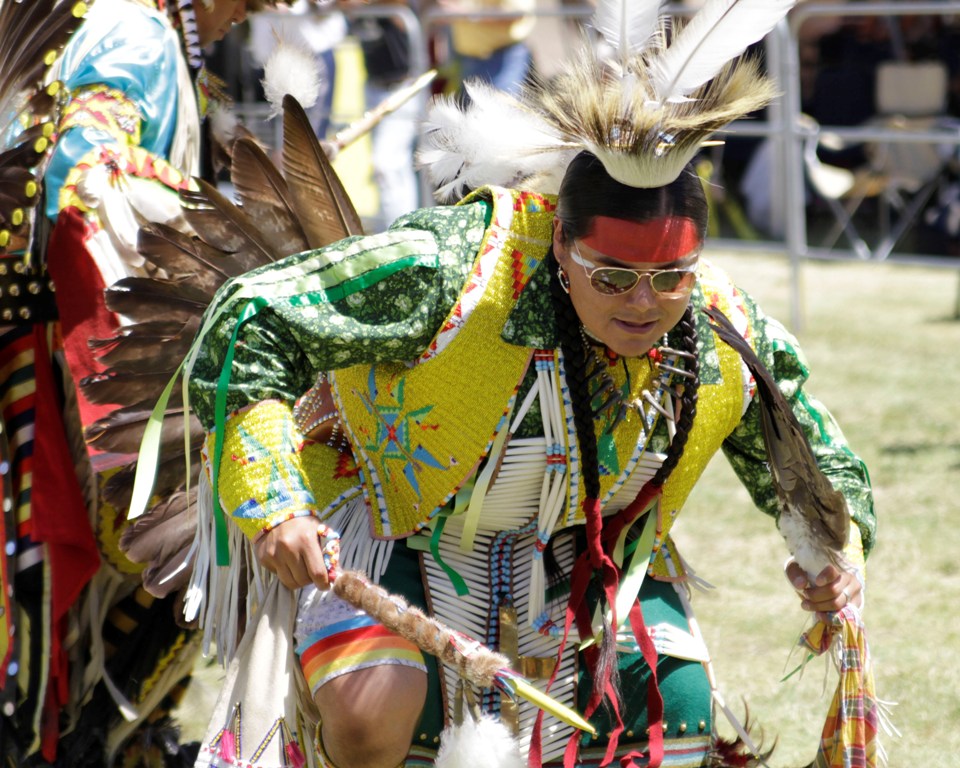
The Coeur d’Alene—French for “heart of the awl,” referring to the tribe’s acute trading skills—in their native language are called the Schitsu’umsh, which means “the ones that were found here.” The original four million acre territory occupied by the tribe extended from the southern end of Lake Pend Oreille in northern Idaho and ran along the Bitterroot Range in Montana in the east to the Palouse and North Fork of the Clearwater Rivers in Southern Idaho to Steptoe Butte and up to just east of Spokane Falls, Washington, in the west. The Coeur d’Alene Tribe governing body is divided into boards, commissions, committees and departments, each overseeing a specific aspect of the tribes governance. There are eight tribal boards, including the Charitable Gaming, Credit, Development Corporation, Election, Employment Rights Ordinance (TERO), Health Authority, Lake and River, and Tribal School Boards.
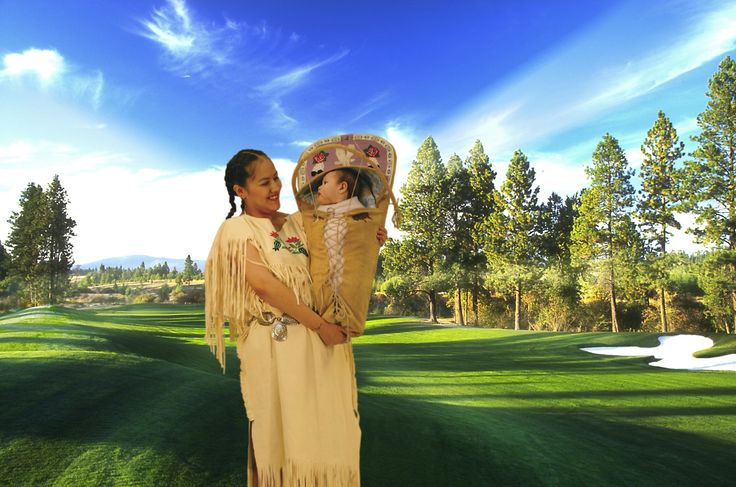
Coeur d’Alene Indian Tribe
An overview of the Coeur d’Alene people, their language and history.
Coeur d’Alene Language Resources
Coeur d’Alene Indian language samples, articles, and indexed links.
Coeur d’Alene Culture and History Directory
Related links about the Coeur d’Alene Native Americans past and present.
Coeur d’Alene Words
Coeur d’Alene Indian vocabulary lists.
